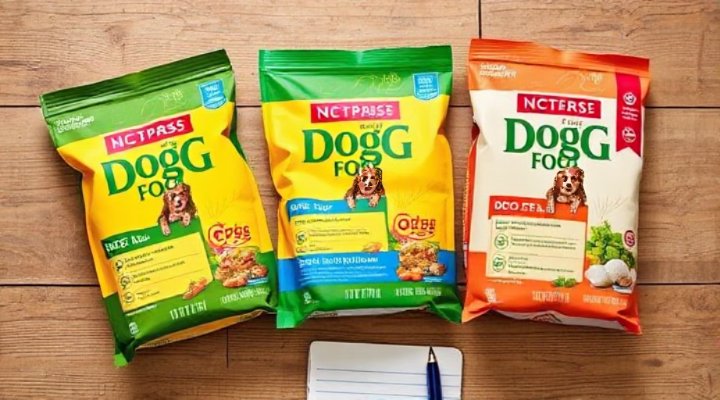When it comes to our furry companions, we all want what’s best for them – and that starts with their diet. Fresh dog food has been making waves in the pet food industry, and for good reason. Unlike traditional kibble, fresh options contain real, recognizable ingredients that provide optimal nutrition for your pup.

Why Choose Fresh Dog Food?
First and foremost, fresh dog food offers superior nutritional value. The ingredients are minimally processed, which means they retain more of their natural vitamins and minerals. For example, when I switched my Labrador, Max, to fresh food, I noticed his coat became shinier and his energy levels improved within weeks.
Moreover, fresh dog food typically contains higher-quality protein sources. While many kibble brands use meat meals or by-products, fresh options feature real meat as the first ingredient. This makes a significant difference in your dog’s health and vitality.
Key Benefits of Fresh Dog Food
- Higher moisture content for better hydration
- No artificial preservatives or fillers
- Easier digestion for sensitive stomachs
- Improved coat condition and skin health
- Better weight management

How to Select the Best Fresh Dog Food
Choosing the right fresh dog food can feel overwhelming with so many options available. Here’s what to look for:
1. Ingredient Quality: Look for human-grade ingredients and named protein sources (like ‘chicken’ rather than ‘poultry’). Avoid vague terms like ‘meat by-products’.
2. Nutritional Balance: The food should meet AAFCO standards for complete and balanced nutrition. Check our guide on best dog food brands for more information.
3. Preparation Method: Some fresh foods are gently cooked, while others are raw. Consider your dog’s specific needs and consult your vet.

Homemade vs. Commercial Fresh Food
While making fresh dog food at home can be rewarding, it requires careful planning to ensure nutritional balance. The FDA provides excellent resources on pet nutrition if you’re considering this route.
Commercial fresh dog food brands, like those we reviewed in our fresh dog food delivery article, offer convenience without compromising quality.
Transitioning to Fresh Food
Switching your dog to fresh food should be a gradual process. Here’s a simple transition schedule:
- Days 1-3: 25% new food mixed with 75% current food
- Days 4-6: 50% new food mixed with 50% current food
- Days 7-9: 75% new food mixed with 25% current food
- Day 10: 100% fresh food
This slow transition helps prevent digestive upset. If you notice any issues, consult your veterinarian.

Cost Considerations
While fresh dog food typically costs more than kibble, many pet owners find the health benefits justify the expense. As highlighted in our Farmer’s Dog cost analysis, the long-term savings on vet bills can offset the higher food costs.
Remember, investing in quality nutrition now can prevent health issues later. The AVMA emphasizes the importance of proper nutrition for pet health.

Final Thoughts
Choosing the best fresh dog food for your pet is one of the most important decisions you’ll make as a pet owner. By prioritizing quality ingredients, proper nutrition, and your dog’s individual needs, you’re setting them up for a long, healthy life.
Whether you opt for a commercial fresh food brand or decide to prepare meals at home, the key is consistency and balance. Your dog’s wagging tail and vibrant health will be the best reward for your efforts.
Related Keywords: fresh pet food, healthy dog diet, natural dog nutrition, best dog food brands 2023, homemade dog food recipes
